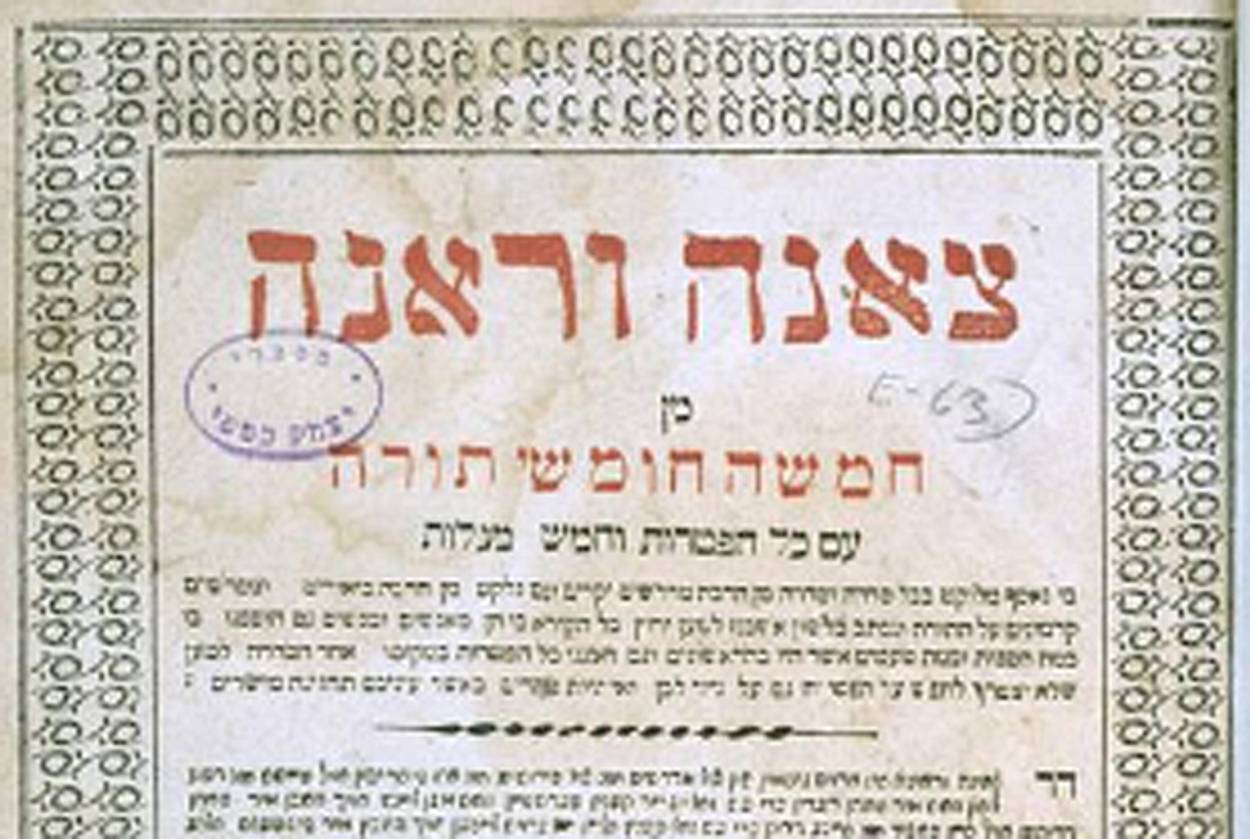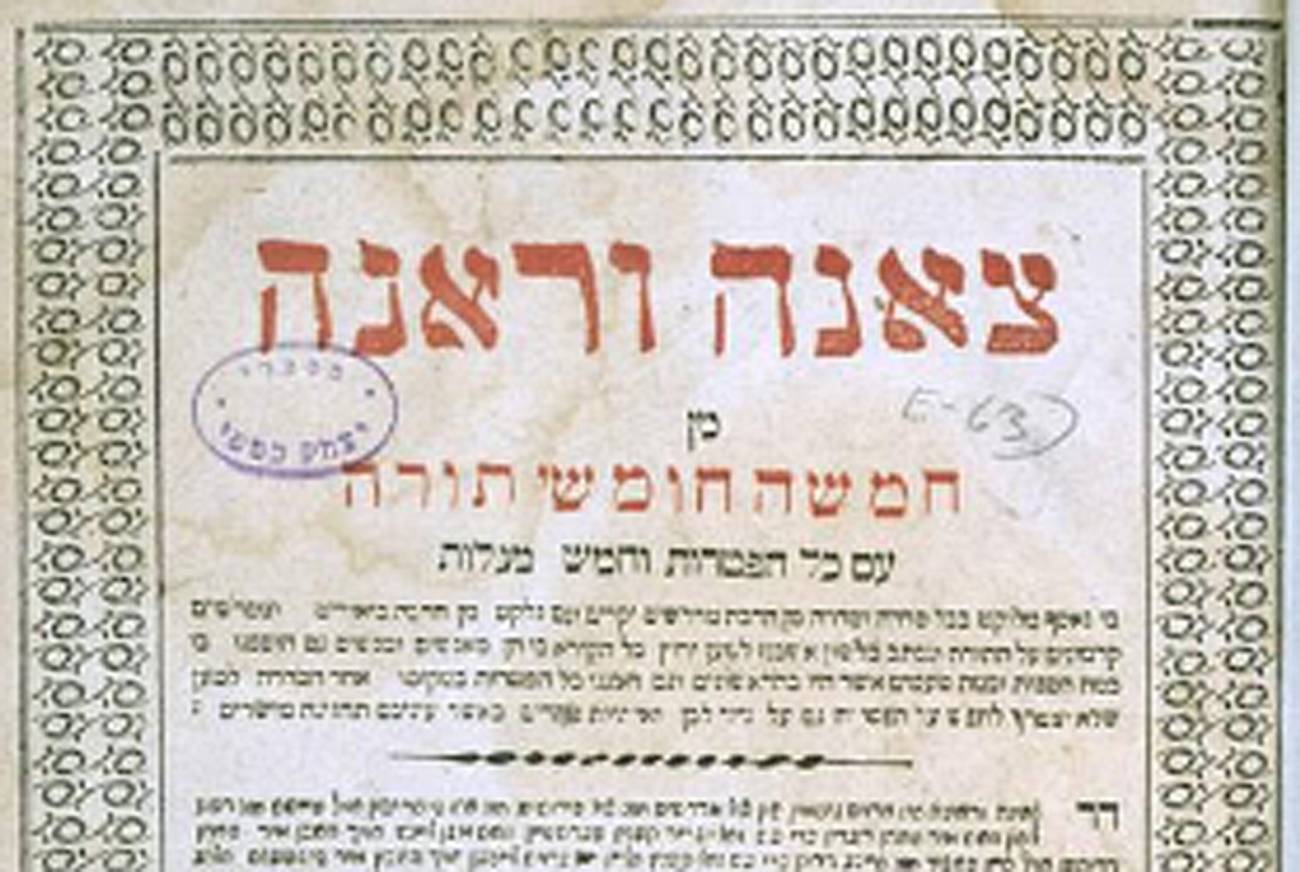Tsene-Rene (1590s)
The Women’s Bible




Written by Rabbi Jacob ben Isaac Ashkenazi of Janowa, this staple of the Jewish household has also been called “The Women’s Bible.” Boasting over 300 editions, some illustrated, and dating back to late 16th-century Basel, Tsenarena, as it is fondly known, contains Yiddish translations of key verses of the Bible, the five Megillas, and the Haftoras, with a whole bunch of Midrash sutured in to complete the picture. Didactic in nature, the book’s significance lies mainly in what it tells us about women readers in Early Modern Ashkenaz—that they proliferated, that their spiritual lives mattered, or that they had their own script, called “Vayber-Tatysh,” or “Wives’ German.” It is still read in some Hasidic circles and is used to this day to tell feminists what they should be reading instead of the Talmud.
Batya Ungar-Sargon is a freelance writer who lives in New York. Her Twitter feed is @bungarsargon.
Batya Ungar-Sargon is a freelance writer who lives in New York. Her Twitter feed is @bungarsargon.